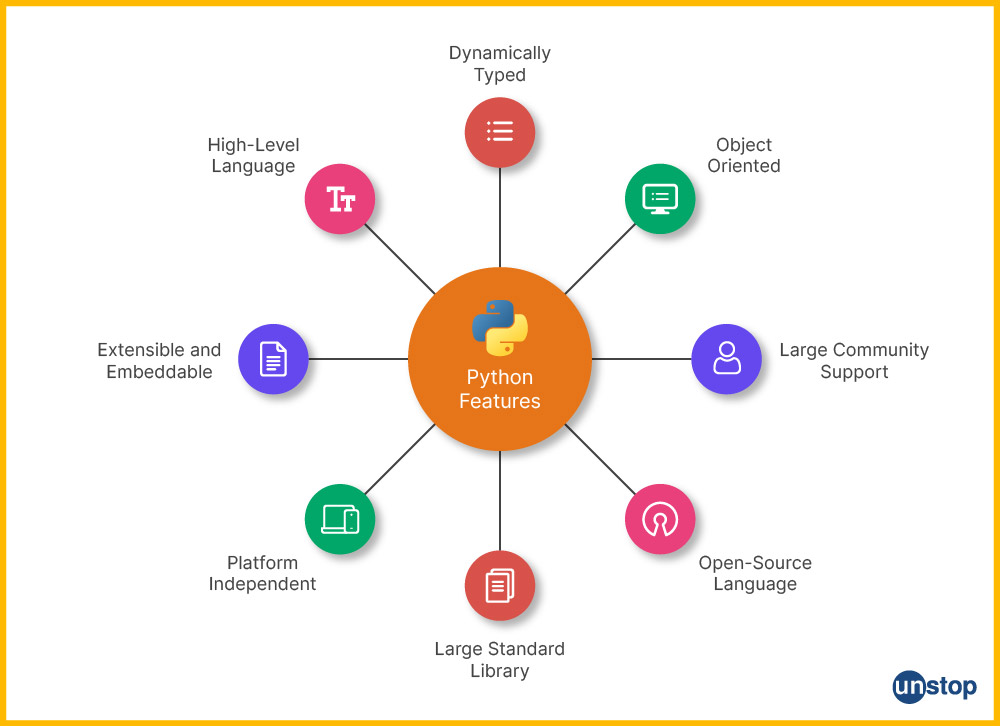How do I secure API in Python Flask?
How do I secure API in Python Flask?

Securing an API in Python Flask is crucial to ensure that your data remains protected and only authorized users can access it. Here are some best practices to help you achieve this:
Use a Secure Token: Use a secure token or API key to authenticate requests. You can generate these tokens using a library likepyjwt or by creating your own token generation algorithm. Implement HTTP Basic Auth: Flask provides built-in support for HTTP Basic Auth, which allows you to add authentication headers to your requests. This is a simple and effective way to restrict access to certain parts of your API. Use OAuth 2.0: OAuth 2.0 is a widely-used standard for authorization that allows clients (your API) to access protected resources (data) on behalf of the resource owner (the user). You can use libraries like flask-oauthlib or oauthlib to implement OAuth 2.0 in your Flask application. Use SSL/TLS Certificates: Make sure to use SSL/TLS certificates (HTTPS) for all API requests. This ensures that the data being transmitted between your API and clients is encrypted, making it difficult for attackers to intercept and read the data. Use Input Validation and Sanitization: Validate and sanitize all user input data to prevent common attacks like SQL injection and cross-site scripting (XSS). You can use libraries like wtforms or Flask-WTF to handle form data and validate inputs. Use a Web Application Firewall (WAF): Consider using a WAF, which is designed to detect and prevent common web application attacks. This can be especially useful if you're dealing with a large-scale API that receives traffic from untrusted sources. Keep Your Dependencies Up-to-Date: Make sure all dependencies are up-to-date, as outdated libraries can leave your API vulnerable to known exploits. Monitor Your API's Security: Continuously monitor your API's security posture by scanning for vulnerabilities, logging unusual requests, and implementing a robust incident response plan.
Here's an example of how you could implement token-based authentication in Flask:
from flask import Flask, request, jsonify
from jwt import encode, decode
app = Flask(name)
Set up the secret key and algorithm for your JWT tokens
secret_key = 'your_secret_key_here'
algorithm = 'HS256'
@app.route('/protected_data', methods=['GET'])
def get_protected_data():
token = request.headers.get('Authorization')
if not token:
return jsonify({'error': 'Unauthorized'}), 401
try:
decoded_token = decode(token, secret_key, algorithm)
Verify that the token is valid and belongs to the right user
if decoded_token['user_id'] == 123:
Return the protected data
return jsonify({'protected_data': 'This is the real deal!'})
else:
return jsonify({'error': 'Invalid token'}), 403
except Exception as e:
Log any errors and return a 500 response
app.logger.error(f'Error: {e}')
return jsonify({'error': 'Internal Server Error'}), 500
if name == 'main':
app.run(debug=True)
In this example, we're using the jwt library to generate and verify JWT tokens. We're also using a secret key and algorithm to encrypt and decrypt the token.
Remember that security is an ongoing process, and you should continuously monitor your API's security posture and implement new measures as needed to stay ahead of potential threats.
How do I secure API in Python Flask?

Securing an API in Python Flask is crucial to prevent unauthorized access and protect sensitive data. Here are some best practices to help you achieve this:
Use Authentication: Implement authentication mechanisms such as Basic Auth, Token-based auth, or OAuth 2.0 to restrict access to your API. You can use libraries likeflask_httpauth for Basic Auth and python-oauthlib for OAuth 2.0. Validate User Input: Always validate user input data to prevent SQL injection attacks and cross-site scripting (XSS) vulnerabilities. Use the wtforms library to handle form data validation and sanitization. Use Secure Protocols: Ensure your API uses secure protocols such as HTTPS (TLS/SSL) for transmitting sensitive information. You can use Flask's built-in support for SSL or third-party libraries like flask-sslify.

Flask-Limiter library to set custom limits per IP address, user, or API endpoint. JSON Web Tokens (JWT): Use JWT tokens to secure APIs that require authentication. JWTs can be used for authentication, authorization, and data validation. You can use libraries like flask-jwt-extended to implement JWT in your Flask app. API Key Validation: Implement API key validation to ensure only authorized clients can access your API. Use the flask-apikey library to generate and validate API keys. Error Handling: Handle errors securely by logging, masking sensitive information, and displaying generic error messages. Use a try-except block with custom error handlers for each route. Regularly Update: Regularly update your Flask app, libraries, and dependencies to ensure you're running the latest versions with security patches.
Here's an example of how you can implement Basic Auth in Python Flask using flask_httpauth:
from flask import Flask, request, jsonify
from flask_httpauth import HTTPBasicAuth
app = Flask(name)
basic_auth = HTTPBasicAuth()
@app.route('/protected', methods=['GET'])
@basic_auth.login_required
def protected():
return jsonify({'message': 'Hello, authenticated user!'})
if name == 'main':
app.run(debug=True)
In this example, the /protected endpoint requires authentication using Basic Auth. The basic_auth object is used to validate incoming requests and ensure only authorized users can access the protected route.
Remember to always keep your API's security in mind when designing and implementing it. By following these best practices, you'll be well on your way to creating a secure API with Python Flask.





























